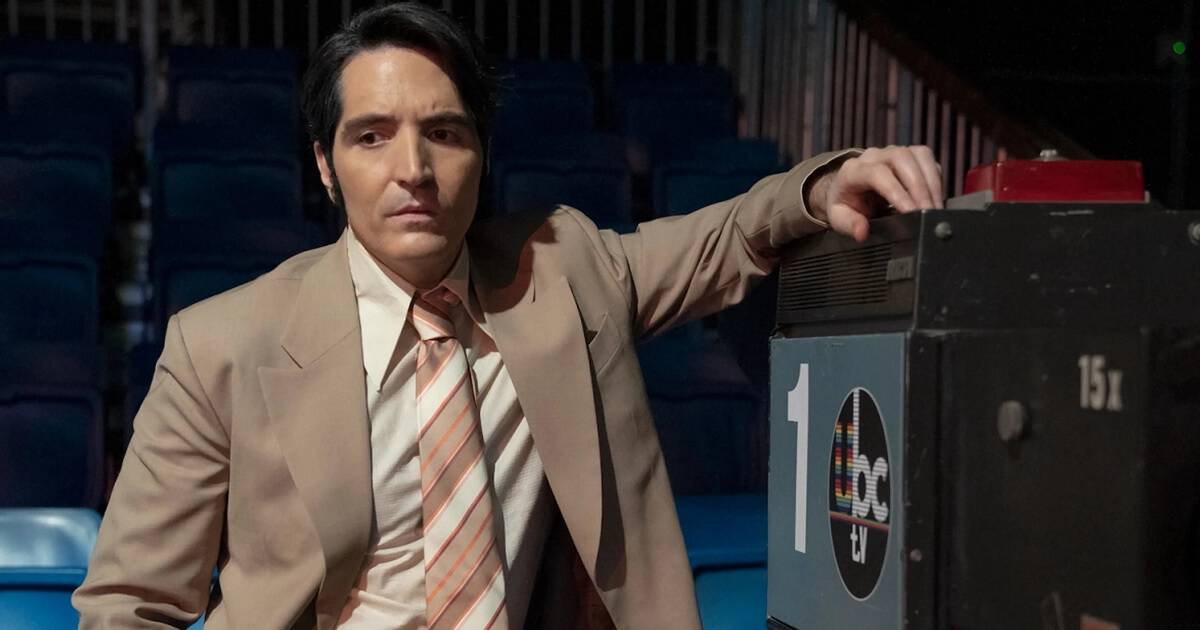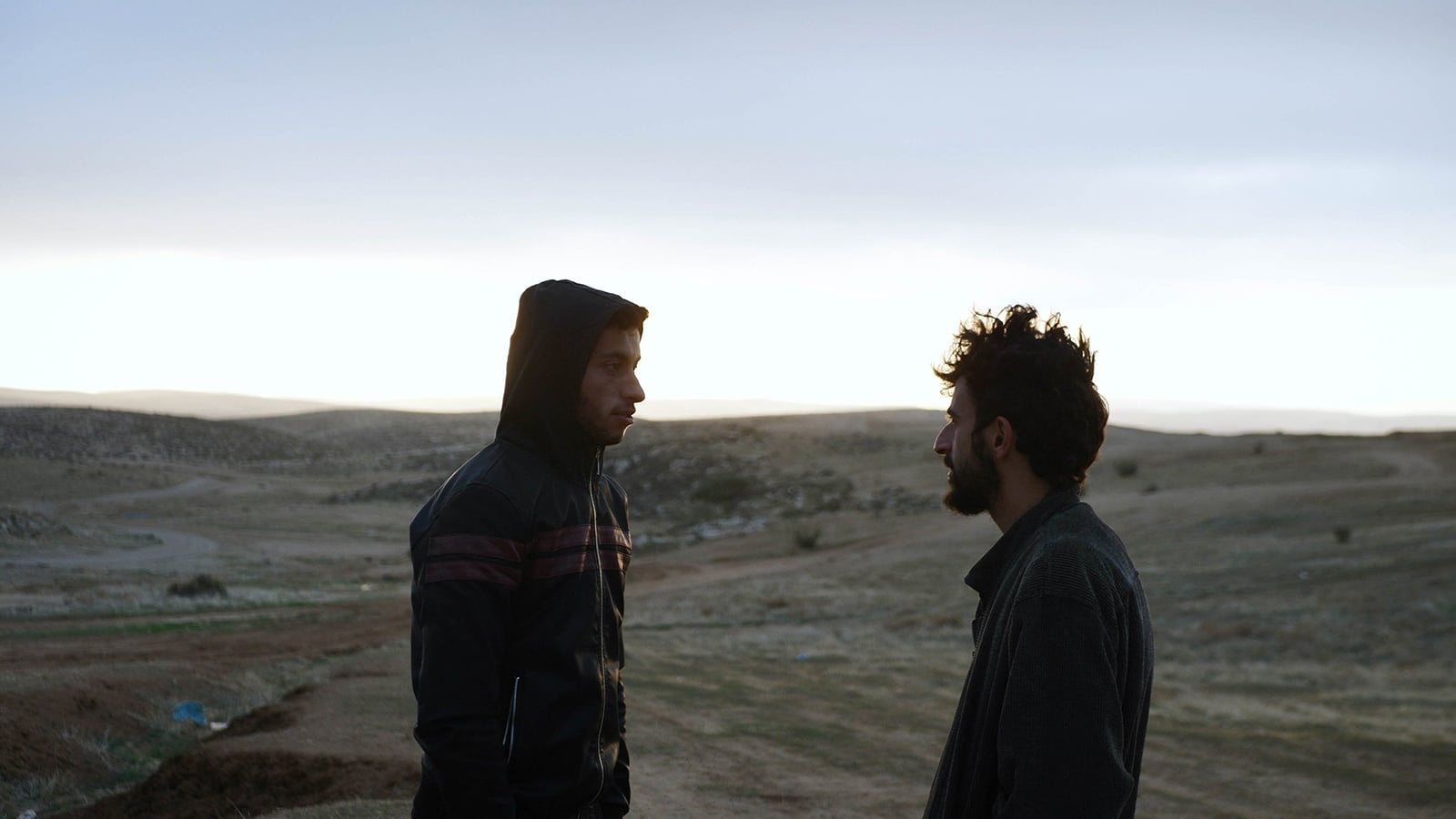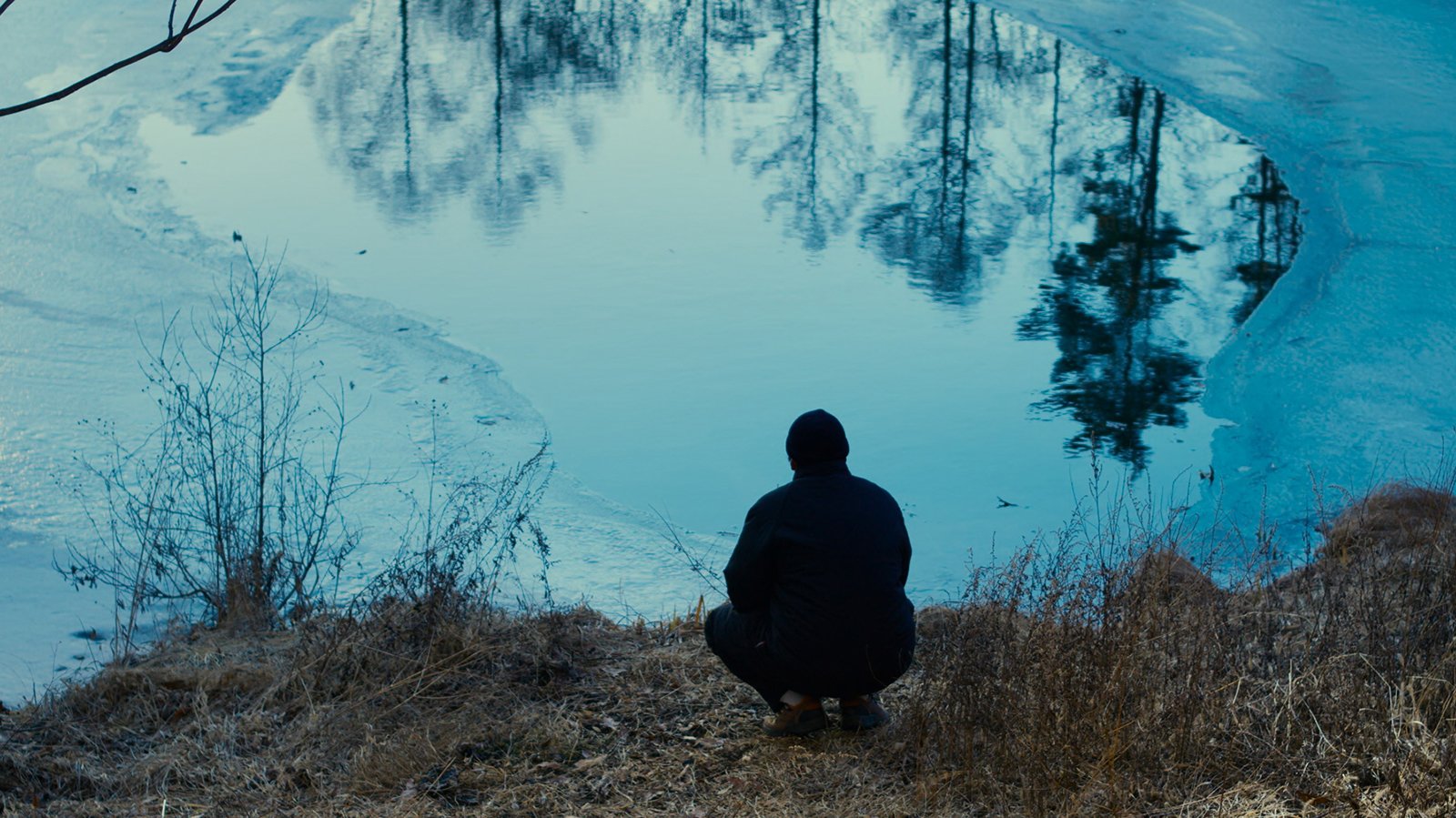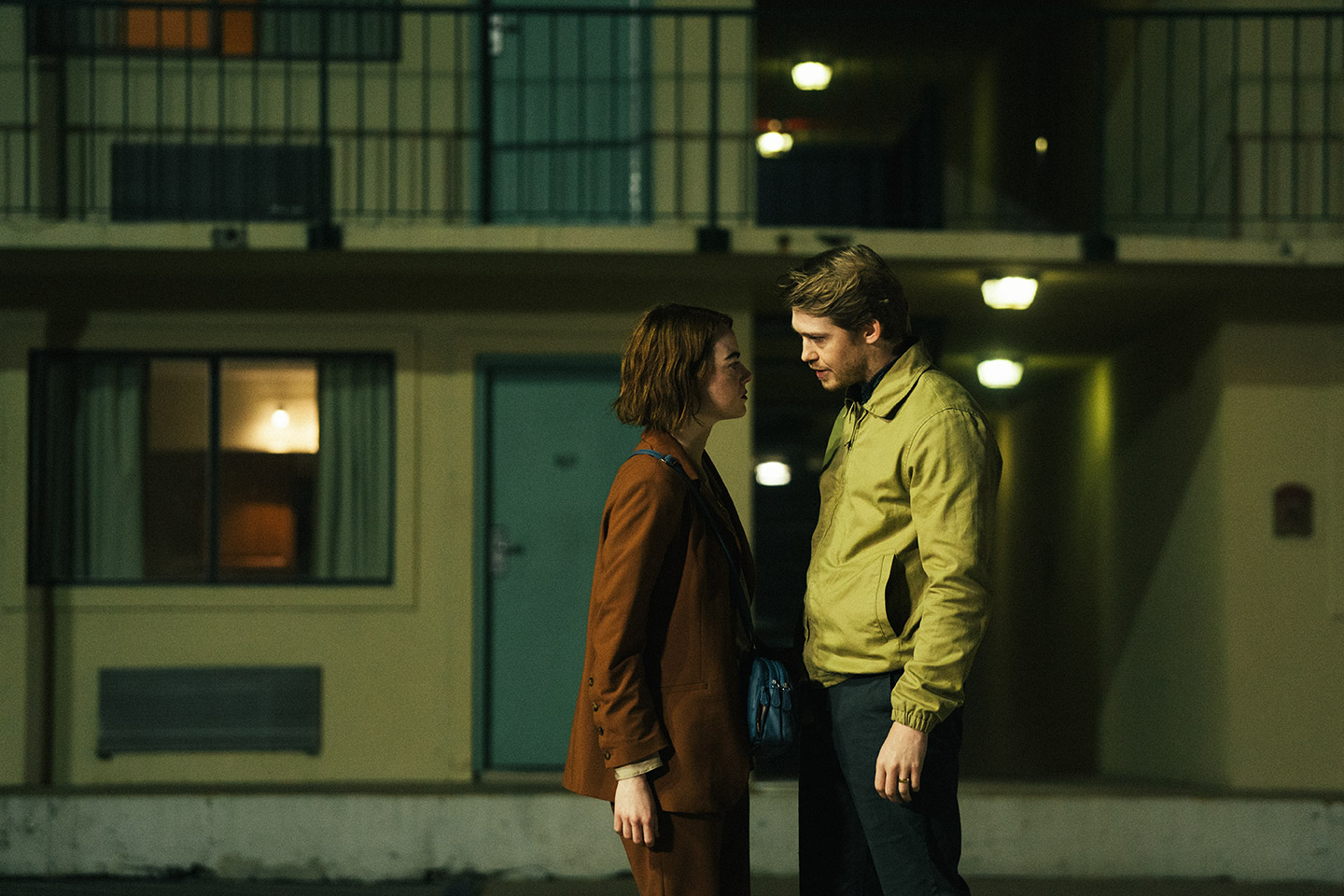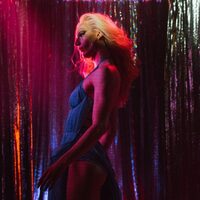The sublime short films of Derek Jarman, seen for the first time in decades
Thanks to the efforts of the LUMA Foundation and Jarman's friend James Mackay, a series of shorts produced by the pioneering filmmaker have been restored and screened for the first time in London. The post The sublime short films of Derek Jarman, seen for the first time in decades appeared first on Little White Lies.

An avant-garde filmmaker most known perhaps for his features Blue and Caravaggio, Derek Jarman was one of the first British filmmakers to feature positive images of queer characters in his work. He also famously gave Tilda Swinton her first ever on-screen role, shot music videos for the likes of The Pet Shop Boys and The Smiths and even convinced Laurence Olivier to come out of retirement to star in his film War Requiem, which would ultimately be his last film appearance before his death. Throughout his life, Jarman remained an outspoken gay rights activist and fearlessly portrayed queer love and gay sex with emphatic joy, despite the backdrop of Thaterism. Ultimately, Jarman truly left his mark on the film industry, before his untimely death at 54 of an AIDS-related illness.
But Jarman’s legacy lives on, through the work of Creative Folkstone at Jarman’s former residence Prospect Cottage and the Jarman Award, as well as efforts by the LUMA Foundation and James Mackay, a close friend of Jarman’s who was entrusted with several of his Super 8 films before his death. Thanks to LUMA, Mackay and Another Man, a selection of restored short films (some of which have never been seen by the public before after being in storage for the past 30 years after his death) played at London’s ICA this month, meaning audiences had a chance to reconnect with Jarman’s incredible work.
The programme began with a few words by James Mackay, who recalls “I’ve been working for the last ten years on restoring and conserving the Super 8 films that Derek made in the early seventies […] The Super 8 films were made when Derek was gifted the loan of a Braun Nizo Super 8 camera in 1972 by a guy called Marc Balet who went on to be the designer for Andy Warhol’s Interview Magazine in New York. Super 8 cameras weren’t that common, they’d been around for a few years but they weren’t that common at the time.
Derek came from a family of amateur filmmakers, his father and grandfather were both keen 16mm filmmakers, Derek never really had access to that equipment and his only experience of filmmaking was designing The Devils for Ken Russell, which is a big industrial, beautiful film. When he was given the loan of this camera he found that he could actually shoot film, doing the camerawork everything himself […] He just embraced it and in the period between 1972 and just when he made Sebastiane, at the end of 1974, he produced something like 42 short films which he shot and edited himself, so it was a very prolific period for him and he moved during that period almost completely from painting to filmmaking.”

The programme includes nine short films, the first of which is not actually directed by Jarman, but by his close friend Julian Cole, a student at the Royal College of Art in the 1980s who – like Jarman – had a great interest in the controversial filmmaker Pier Paolo Pasolini. Mackay notes how Cole had “asked Derek if he would play the role of Pasolini in a film. Derek was quite a, you know, charismatic, good-looking man so I sort of thought it would be nice to start with something of Derek in his prime before going into the Super 8 films.”
The film, Ostia, is a 26-minute meditation on sexuality, consumerism and identity, all set against the backdrop of Pasolini’s infamous death in which the filmmaker, poet and maestro of Italian cinema was murdered by a young male sex worker on a beach in Ostia. Cole’s film recalls these same events but is set in working-class England rather than the sun-soaked coast near Italy’s capital. Jarman here shines as the charming intellectual, weighed down by his own nihilism and a frightening ability to clearly see a future collapsing in on itself due to the evils of global capitalism.
After Cole’s film, the series of Jarman’s eight shorts began. The first, Studio Bankside, is much like the later shown Sloane Square, which observes Jarman’s daily life with a tender, nostalgic eye. Studio Bankside turns the messy haven of Jarman’s studio into a kinetic short film, Jarman’s Blonde on Blonde Bob Dylan poster, dying plants, his view of the Thames and dirty paintbrushes all filmed with a pensive eye, expressing the beauty of the mundane. Sloane Square is much the same, except Jarman swaps his studio for an apartment filled with friends and fellow artists. They move through the film in a high-speed time lapse, smoking, sitting on the phone, and laughing with one another, all punctuated by a handful of shots of Jarman looking at himself through the camera lens in a mirror. It’s a portrait of everyday beauty and friendship.
The programme also contains more psychedelic, expressionistic pieces which could happily sit alongside surrealist masterpieces such as Un Chien Andalou. Jarman’s Tarot and Sulphur are hazy, hypnotic shorts with strange imagery of characters eating pearl necklaces, collapsing into fire, dancing like mimes, all soundtracked by a practically psychedelic score.
Mackay notes regarding the film’s scores “Derek, when he presented the films himself, would play commercial music from records and cassette tapes. It could vary from William Walton, Tangerine Dream, Nico, The Rolling Stones, The Kinks – you know a very wide eclectic selection of music which he would choose to accompany each film. The problem of clearing lots of commercial music is just too expensive so what we decided to do when Derek was still alive was to ask friends to make music for the films.” Mackay recalls how Sloane Square, for instance, “has a soundtrack by Simon Fisher Turner who then went on to score Derek’s feature films like Caravaggio, The Last of England and Blue” and In The Shadow of the Sun (a short not shown at the screenings) “was soundtracked by Throbbing Gristle.”
Jarman’s Journey to Avebury, meanwhile, is arguably the most beautiful of the collection, a sunset-lit voyage through Britain’s prehistoric countryside, which, in its slow pace, forces the spectator to truly consider the tectonic beauty of nature. The sheer variety of the shorts demonstrates Jarman’s versatility as a filmmaker and in being restored and shown to the public for the film time, we are finally able to truly witness and remember Jarman’s boundless creativity, passion and dynamism as one of England’s greatest filmmakers.
The post The sublime short films of Derek Jarman, seen for the first time in decades appeared first on Little White Lies.
What's Your Reaction?

















